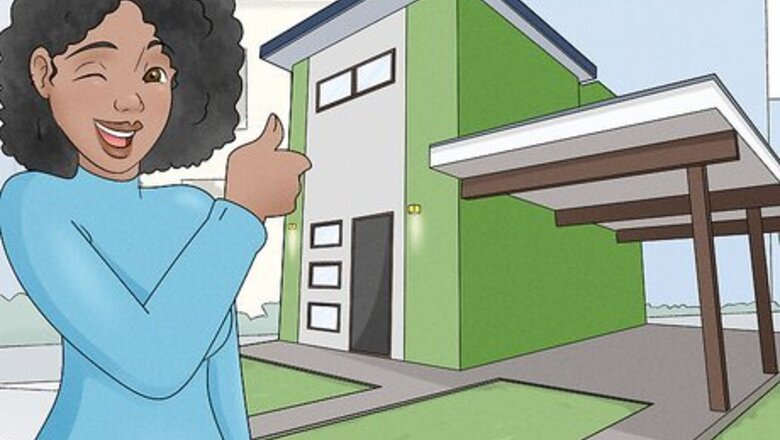
views
Is living in a tiny house a good idea?
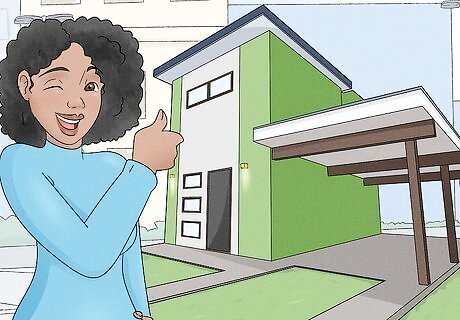
If you don’t need a lot of space to be happy, then yes. The main draw of a tiny house is downsizing your life, consuming less, and being happy with what you have. If you don’t need a lot of space or stuff to be happy, then a tiny house might be right for you. As a bonus, living in a tiny house is usually a lot cheaper than living in a normal-sized house. Keep in mind that there are drawbacks of tiny houses too. You have to be very neat and organized to fit everything in there. If you live with other people, you might not like being so close to everyone all the time. You’ll also have to use smaller appliances, like ovens, refrigerators, and dishwashers. It might be tough to fit everything in these smaller types.
How much does building a tiny house cost?
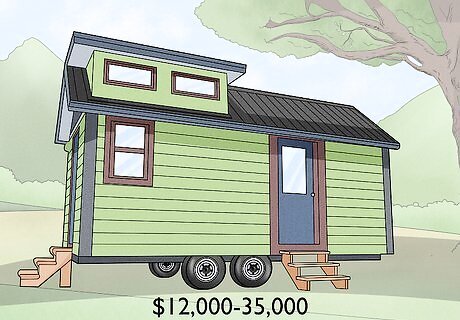
Building your own tiny house costs an average of $12,000-35,000. There is a lot of variation depending on what materials you use, how fancy you make your house, and whether or not you hire anyone to help you. If you’re very frugal you could spend $10,000 or less, or you could go all-out and spend over $40,000. If you’re on a budget, it’s best to plan the house out and add up all the materials you’ll need to get an idea of what you’ll spend. This cost doesn’t include the land or property you'll need to build the house on. It also doesn't include local permits that you might need to do the construction on your tiny house.
Is it cheaper to buy or build a tiny house?
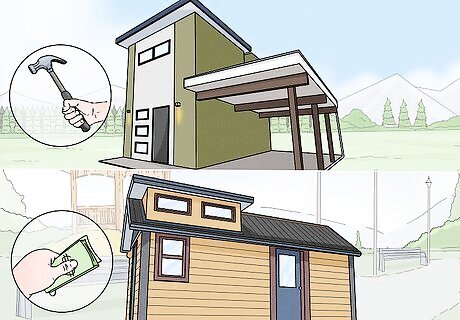
In general, building a tiny house is cheaper than buying one. On average, building a tiny house costs $12,000-35,000. By comparison, buying a tiny house can cost $30,000-40,000, but might be a lot more depending on the area and amenities. If you're on a budget, building is cheaper than buying in most cases. Keep in mind these are only averages. You could buy a very basic tiny house or build a very luxurious tiny house, and the prices will be different.
Is a tiny house cheaper than a regular house?
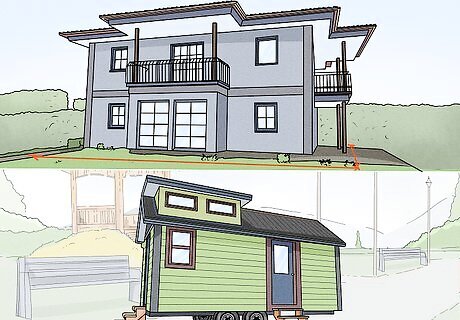
Overall tiny houses are cheaper, but they could cost more per sq. foot. Building or buying a tiny house is definitely overall cheaper than a full-size house. The average home cost in the US is around $230,000, so even an expensive tiny home is a lot cheaper than that. However, building a tiny home tends to cost more per square foot. A normal house costs about $150 per sq. ft., whereas a tiny house could be up to $400 per sq. ft. This is because you’ll be using less building materials, so you’ll miss out on bulk savings and discounts. Ironically, while a tiny house is cheaper overall, it might not be the best value for your dollar. If you do hire contractors to do any work on your tiny home, they might also mark up their labor costs since they aren’t making as much on a smaller building.
Is building a tiny house hard?
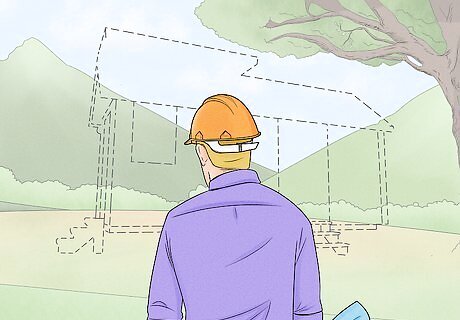
This is a big construction project and it could definitely be difficult. You’ll need some construction experience, planning and design skills, familiarity with tools and building materials, and tons of patience. Don’t get discouraged, but also be prepared to do a lot of hard work. Just because you don’t have these skills at the moment doesn’t mean you can’t learn! There are tons of instructional videos online that can help you pull this project off. You could also hire someone to help you. You’ll have the satisfaction of doing the work yourself but with a professional to watch and make sure you don’t make any mistakes. You can also bring in a professional at any point to take over if you realize this is a bigger job than you planned on.
Are there ways to make building a tiny house easier?
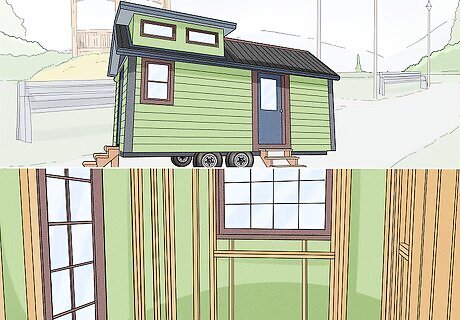
Yes, you could use a pre-made house shell. These shells give you the building exterior, so you’d just have to take care of the interior. If you’re not on board for a big construction project like building a whole house, then this option lets you exercise some creativity with a lot less work. Note that these shells can be expensive, ranging from $17,000 to $37,000. This will definitely add to your budget.
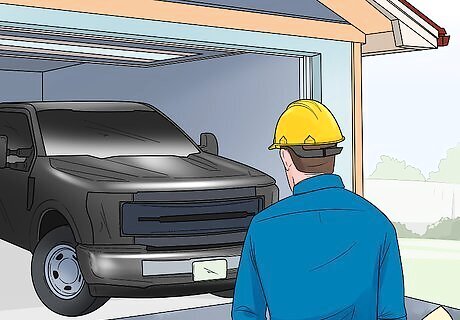
You could also convert a small shed or garage into a tiny house. These small buildings can work great as tiny houses. You’ll already have the exterior and foundation, so you’d just have to gut and rebuild the inside. This makes the job faster and easier. If you are converting an old building into a tiny house, have a contractor inspect it first to make sure it’s structurally sound.
What materials do I need to build a tiny house?
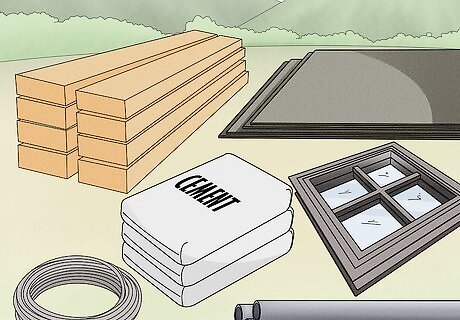
All the same materials you'd need to build a regular house. A tiny house might be small, but it's still a building. This means you'd need everything that a normal construction project would require. Some main materials to get include: Lumber for the housing frame. Plywood or drywall for the walls. Cement for the foundation. Siding, shingles, windows, and doors. Insulation. Wires, pipes, outlets, and appliances. If you're building a mobile home, then you'll also need wheels and a large trailer bed.
How do I get started?
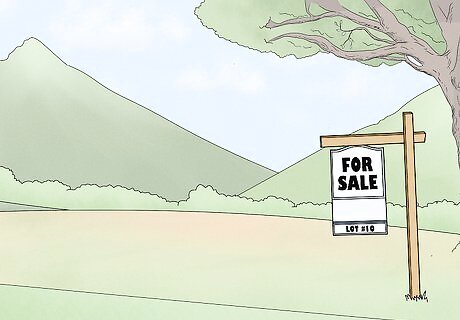
Planning the project is the most important first step. You wouldn't try to build any other construction project without proper planning, so your tiny house is no different. Early steps include finding land or property for the house, designing the house, finding out where to get materials, and obtaining financing or loans if you need them. If you don't have a lot of experience designing a house, it's best to have a professional look at your plans and determine if the house will be safe. Also look into the legal side of building a tiny home before you start. States and counties all have different laws about the permits and codes you need to build a home. You'll also need a wheeled trailer if you’re building a mobile home.
Do I have to build a foundation for my house?
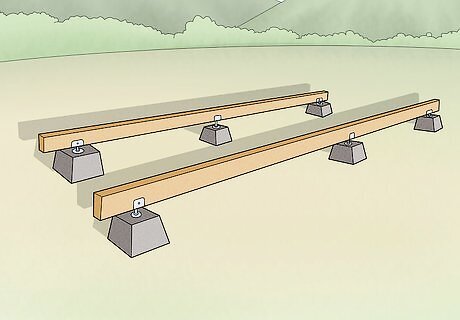
If the house is fixed in one place, then you'll need a foundation. Not only is the foundation necessary to support the house, but almost every locality requires fixed buildings to rest on a foundation. This means you'll need to dig a hole as large as the house will be and fill it with cement for a solid foundation. You'll need a lot of cement for a foundation, so it's best to call in a contractor to lay the foundation. If your house will be mobile like an RV, then you don't need a stone foundation. You will need wheels for it so you can move it around.
What do I do after laying the foundation?
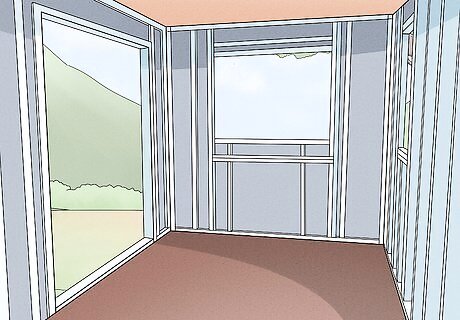
Next you have to build the shell for the house. This lays out the perimeter for your house. The shell includes flooring, outer walls, and the roof. This is very important for making sure you have a strong, durable house, so be sure to plan this carefully and use quality materials. You could also make this easier by buying a pre-made house shell instead of building one.
What do I cover my tiny house with?
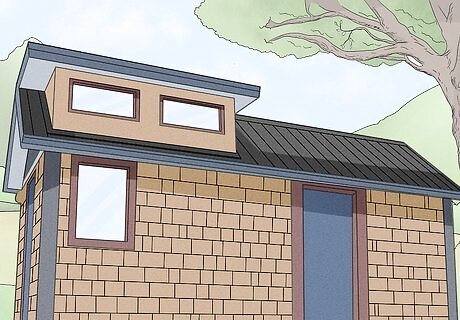
Siding and shingles are the most common coverings. Just like with normal houses, tiny houses use regular siding and shingles for the roof. The only difference is that you'll need less of each material to cover your house.
How do I finish my tiny house?
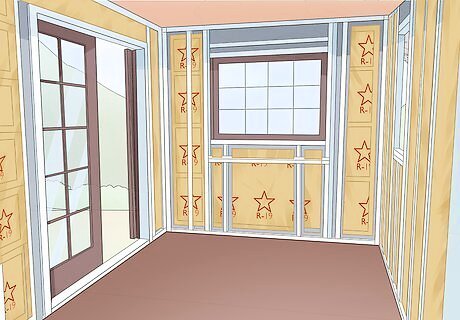
Adding cosmetics and building the interior are the next steps. Once you've completed the shell and roofing, there's still a lot of work to do. Constructing the interior is how you'll really make your house your own. These are some of the general steps involved: Insulating the interior. Putting up walls. Hanging shelves and installing doors. Adding cosmetics like painting or paneling. Bringing in any appliances you’ll be using.
How do I get water into a tiny house?
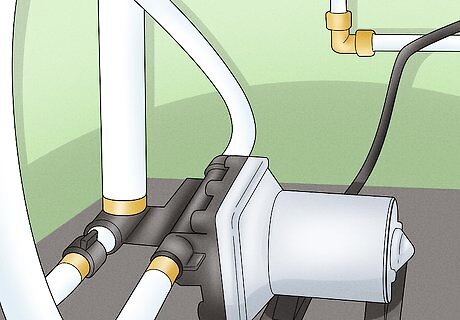
You'll need a tank and pump system or a hookup to get indoor plumbing. A water tank with a pump system is great for a mobile tiny house, like with an RV, or if you don't live near any water pipes. For a hookup, you'll need to attach your house to the local water system with a pipe or hose. This will only work for a house fixed in position. In either case, you'll need to build a plumbing system with pipes in your house. If you're not familiar with building plumbing systems, then this is definitely something you'll need a professional for. Any problems with the plumbing can flood your house. There is also the option of living totally off the grid and using an outhouse and well water instead of installing indoor plumbing.
Can I get electricity in a tiny house?
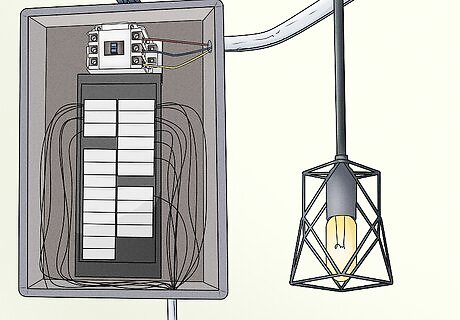
Yes, but you'll have to wire the house properly. This requires running wires all throughout the home and installing outlets, light fixtures, and circuit boxes. To power the house, you have a few options. You could hook up your home to the local electricity supply and pay the power company. You could also use renewable methods like installing solar panels or windmills to generate electricity. Working with electricity is dangerous, especially if you've never done it before. You could give yourself a shock or even start a fire. Don't hesitate to call in an electrician if you need some help wiring up the house. It's also a good idea to have a backup generator in case your electricity supply fails.
What states allow tiny houses?
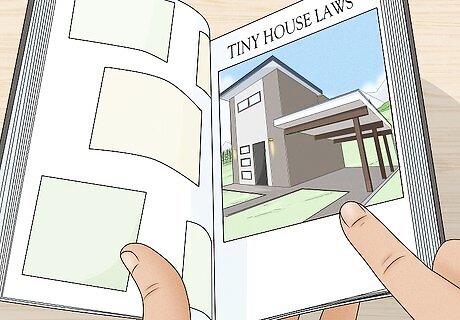
Tiny houses are legal in every state, but the particular laws vary. Technically, no US states have outlawed tiny houses. But states and cities all have different regulations on what size dwellings are allowed, building codes, and zoning. Some of these laws are more hostile to tiny homes than others. The best thing to do is investigate your local laws to see how friendly your area is to tiny houses. According to the Tiny House Society, Maine, New Hampshire, Massachusetts, Oregon, New Mexico, Texas, Michigan, and Georgia are the most friendly states to tiny houses. Connecticut is currently the least friendly state for tiny houses, scoring a 0/10 on the Tiny House Society’s friendliness scale. The state has very strict building codes and zoning laws, and currently has no laws on the books for accommodating tiny houses.
Are there any laws I have to follow while building my house?
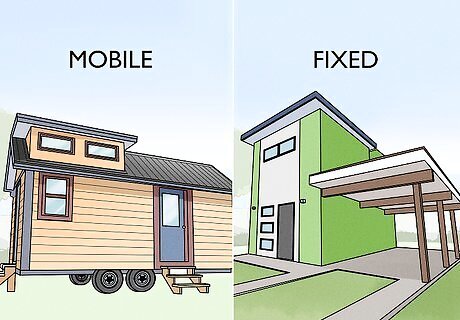
The main regulations are whether your house is mobile or fixed. Tiny houses on wheels are usually classed as RVs, so you’ll have to register it as such in your state. You’ll also have to park it at a designated RV park or campground. Tiny houses fixed in place and built on a foundation is considered a dwelling. This means you’ll need property to put it on and follow building codes. Some states don’t allow tiny houses to be the only dwelling on a property. This means you’d have to build it on someone else’s property with another house or add it to your own property as a guest house or cottage.
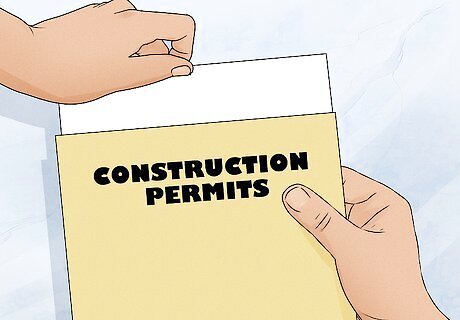
You’ll also need construction permits in most places. This is especially important if your tiny house is on a foundation, meaning it will be classed as a dwelling or building. These laws all vary from place to place, so the best thing to do is check with your local zoning board to see which permits, if any, you’ll need to build your house. Remember that construction permits cost money, so add them to your budget if you need them.










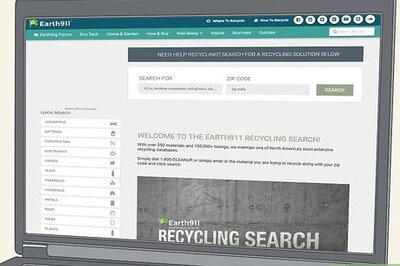

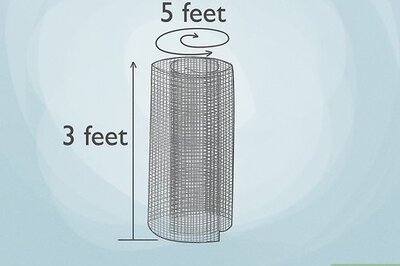
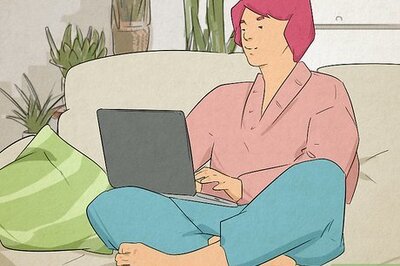
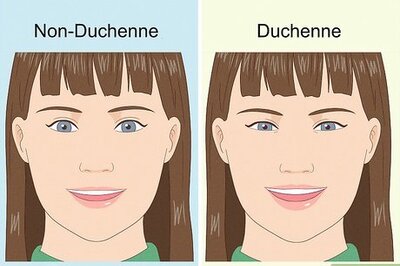


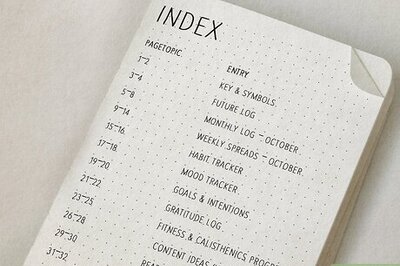

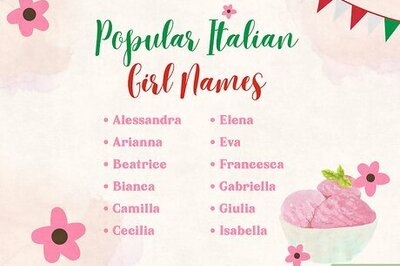
Comments
0 comment